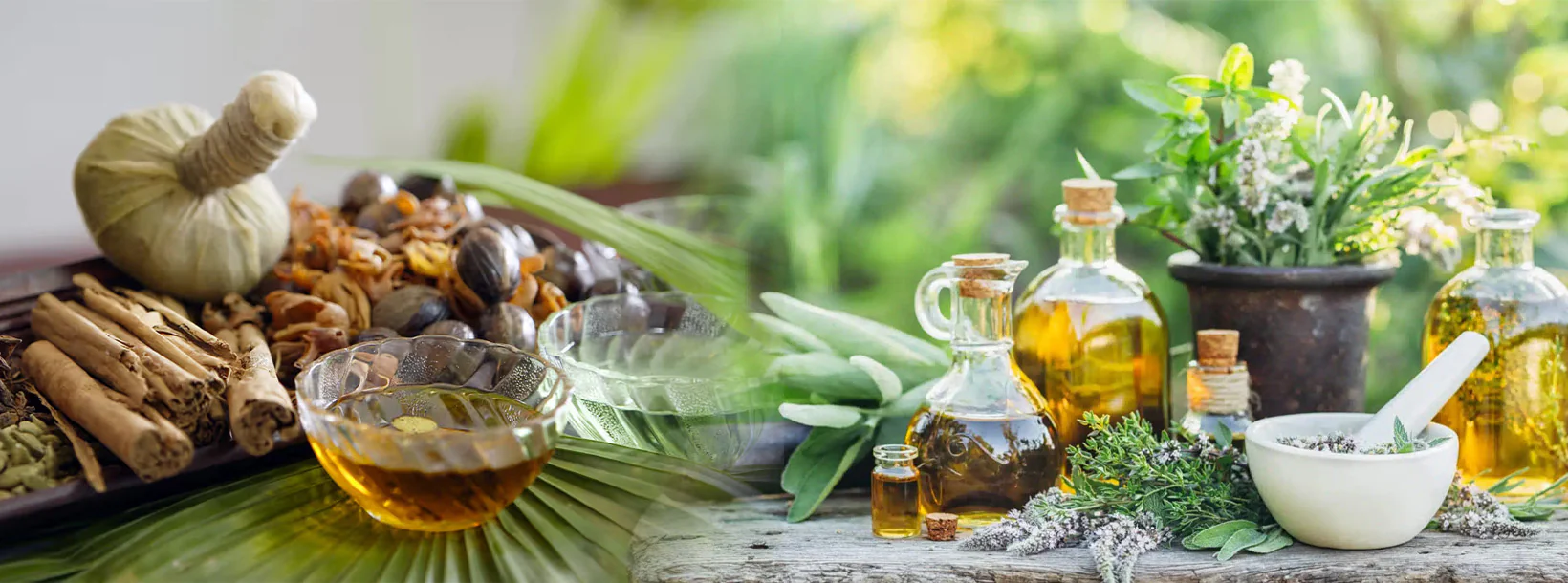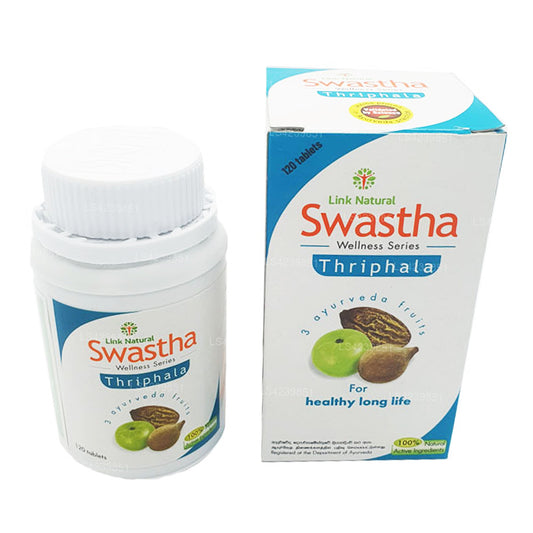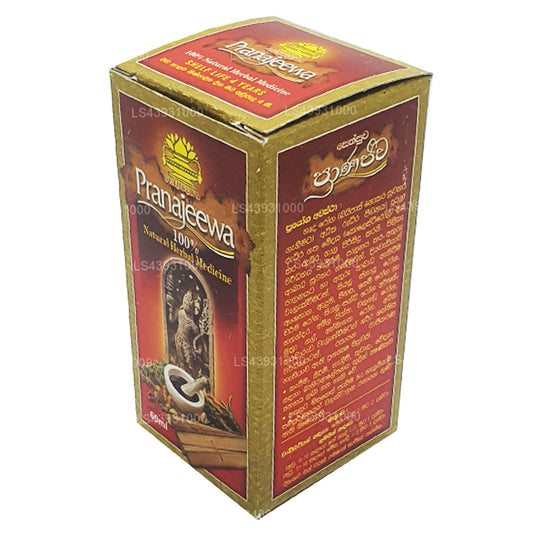
Ayurvedic Medicinal Plants
Sri Lanka's Ayurvedic tradition features a rich variety of medicinal plants used for centuries. Sri Lanka has a rich tradition of Ayurvedic medicine, drawing on its indigenous knowledge and a variety of medicinal plants. Here are some notable Ayurvedic medicinal plants found in Sri Lanka:
Manihot esculenta (Manioc; මඤ්ඤොක්කා)
Cassava, (Manihot esculenta), also called manioc, mandioca, or yuca, tuberous edible plant of the spurge family (Euphorbiaceae) from the American tropics. It is cultivated throughout the tropical world for its tuberous roots, from which cassava flour, breads, tapioca, a laundry starch, and an alcoholic beverage are derived. Cassava probably was first cultivated by the Maya in Yucatán.
A cyanide-producing sugar derivative occurs in varying amounts in most varieties. Indigenous peoples developed a complex refining system to remove the poison by grating, pressing, and heating the tubers. The poison (hydrocyanic acid) has been used for darts and arrows.Cassava is a perennial plant with conspicuous, almost palmate (fan-shaped) leaves resembling those of the related castor-oil plant but more deeply parted into five to nine lobes. The fleshy roots are reminiscent of dahlia tubers. Different varieties range from low herbs to branching shrubs and slender unbranched trees. Some are adapted to dry areas of alkaline soil and others to acid mud banks along rivers.
Cassava is a good source of dietary fibre as well as vitamin C, thiamin, folic acid, manganese, and potassium. Food items such as the gelatinous fufu of West Africa and the bammy of Jamaica come from cassava. Additional cassava products include an alcoholic beverage known as kasiri that is made by Indians in South America, the powdery casabe cakes of Yucatán, and tapioca, the only cassava product on northern markets.
-

Ankenda
Acronychia pedunculata -

Beli
Aegle marmelos -

Bakmi
Nauclea orientalis -

Bangwel-geta
Coscinium fenestratum -

Bukinda /Walkinda
Tinospora malabarica -

Bu- kobbe
Allophylus cobbe -

Dodan –kaha
Memecylon capitellatum -

Diyamitta
Cissampelos pareira -

Embul dodan
Citrus aurantium -

Gas nidikumba
Biophytun reinward -

Hintambala
Carmona microphylla -

Goraka
Garcinia cambogia -

Karapincha
Murraya koenigii -

Keppetiya
Croton laccifer -

Kohomba
Azadirachta indica -

Kotikan-bevila
Sida alba -

Kudumiris (Forest paper)
Toddlia asiatica -

Kurundu
Cinnamomum zeylanicum -

Mahakaramba
Carissa carandas -

Muna mal
Mimusops elengi -

Nelli
Phyltanthus emblica -

Puwak
Areca catechu -

Rath mal
Ixora coccinea -

Eepatta / Ruk - anguna
Alangium salviifolium -

Siyambala
Tamarindus indica -

Walangasal / Wal-embilla
Embelia ribes -

Wal Karapincha
Micromelum ceylanicum -

Welangiriya
Paramignya monophylla
Ayurvedic and Herbal
-
Siddhalepa Ayurveda Herbal Balm
Regular price From $0.32 USDRegular priceUnit price / per$0.38 USDSale price From $0.32 USDSale -
Lakpura Wildcrafted Soursop (Guanabana, Graviola, Guyabano) Dehydrated Leaves Whole
Regular price From $3.00 USDRegular priceUnit price / per$2.15 USDSale price From $3.00 USD -
Link Swastha Triphala
Regular price From $1.90 USDRegular priceUnit price / per$2.25 USDSale price From $1.90 USDSale -
Sethsuwa Pranajeewa Oil
Regular price From $3.20 USDRegular priceUnit price / per$3.80 USDSale price From $3.20 USDSale

















































